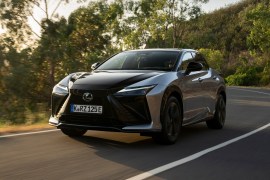Why Formula E points to exciting things for Jaguar’s new electric era
I caught up with Jaguar's Managing Director at the Monaco Formula E to learn all about the brand's exciting new era
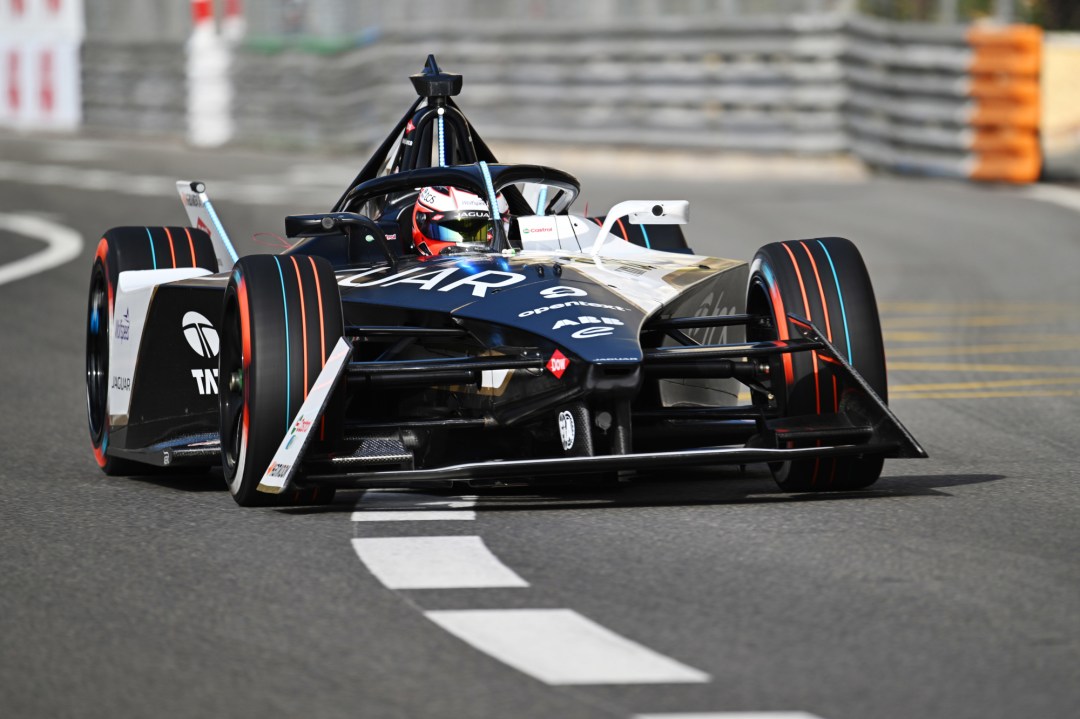
The atmosphere in the 2024 Monaco Formula E paddock is electrifying. Earlier this year I was a guest of Jaguar, a brand synonymous with luxury and performance, to delve into the ways its racing program is shaping the future of car design.
But that’s not the only news from the weekend, with Formula E also unveiling the new Gen 3 Evo racing car which will be used in Formula E’s 11th season next year. The combination of cutting-edge technology and high-speed thrills is genuienly exciting (I’d recommend anyone interested in motor racing attend at least one Formula E race – it’s much more affordable than F1).
But my journey wasn’t just about the thrill of watching electric vehicles zip around the iconic street circuit; it’s also a glimpse into a sustainable future of the British brand…
Drivetrain and software improvements

This journey started in Jaguar’s hospitality suite above the pit box, where we got a chance to learn about how Jaguar’s lessons learned on the racetrack are driving the evolution of the brand’s consumer vehicles.
Unlike Formula One, Formula E teams all race with the same car. The only bit they get to develop is the electric powertrain and the software. The motor’s power is capped at 350kW for all the cars as well, so race performance ultimately comes down to powertrain efficiency and driver ability.
James Barclay, Team Principal for Jaguar TCS Racing, explains, “Once we design our hardware, we have to race it for two years. But the software we can update between races. So every race we go into a huge amount of work to update the software in our cars and to basically make them perform better.”
How does this impact your road car? Barclay explains, “Software is absolutely relevant to future road cars. A bit like a smartphone, we can update the software through over-the-air updates, and then the cars perform better. We’ve seen this in the past. We’ve produced a 20-kilometre range increase in the Jaguar I-Pace through our learnings in electric racing.”
Jaguar has also learnt a lot from its partners – especially when it comes to materials. For example, Wolfspeed’s Silicon Carbide semiconductors have been used in the Formula E team’s in-house developed powertrains. Silicon Carbide devices enable faster, more efficient charging and increase the range of electric vehicles.
These Silicon Carbide semiconductors will debut first in Range Rover vehicles this year and the new all-electric Jaguar in 2025.
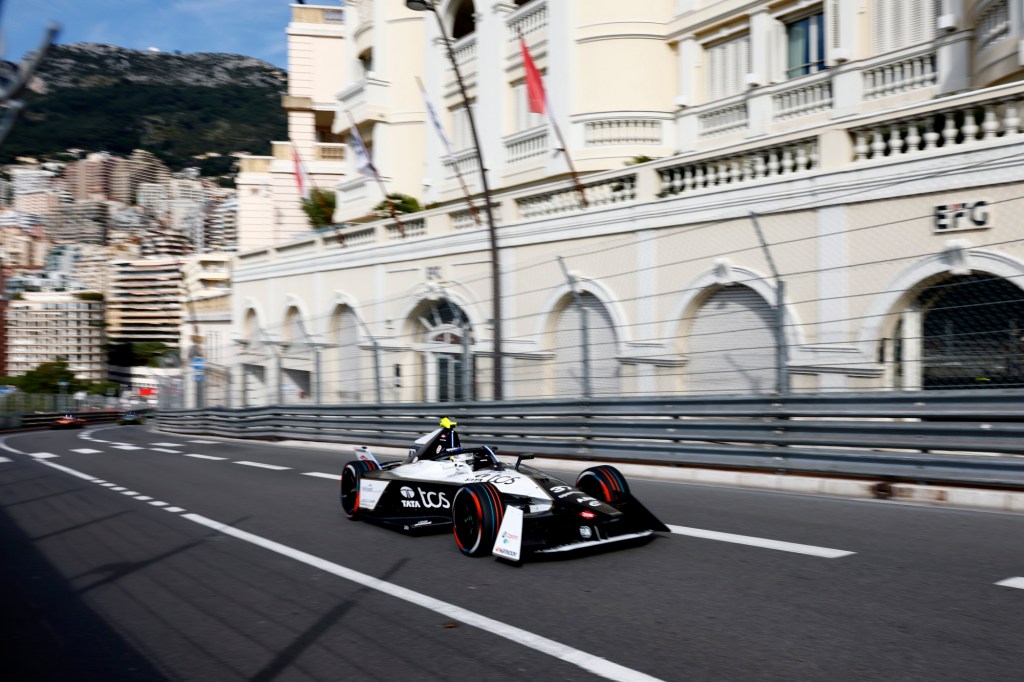
Bringing Jaguar into a new era
Amidst the high-pitched whine of electric engines, I had the opportunity to sit down with Jaguar’s Managing Director, Rawdon Glover.
Glover is at the forefront of Jaguar’s bold transition into an all-electric era, steering the brand towards a sustainable and exhilarating future. “Right now, we’re in the process of phasing out our existing range – ending production and sales,” explains Glover.
Jaguar is charting a new course in the world of electric mobility, but first, I wanted to know what it had learnt from its first electric vehicle.
Stuff: I remember being at the launch of the original I-PACE in 2018. It’s been around for a while now, and with it being discontinued as well, I wondered what have you learned from it, and how that knowledge will be used in future models.
Rawdon Glover: From an engineering standpoint, we’ve learned a lot, but the new Jaguars will be on a completely different platform with new technology. There are no technical carryovers from the I-PACE to the new Jaguar electric architecture.
Technology has advanced significantly in the past ten years, and our new batteries will offer a real-world range of around 400 miles, double that of the I-PACE. They can also gain 80% charge in 15 minutes.
We’ve also learned a lot in sales and marketing, particularly about educating customers on home charging and energy tariffs. This knowledge will help us support our retailers and sales staff in discussing electrification with customers.
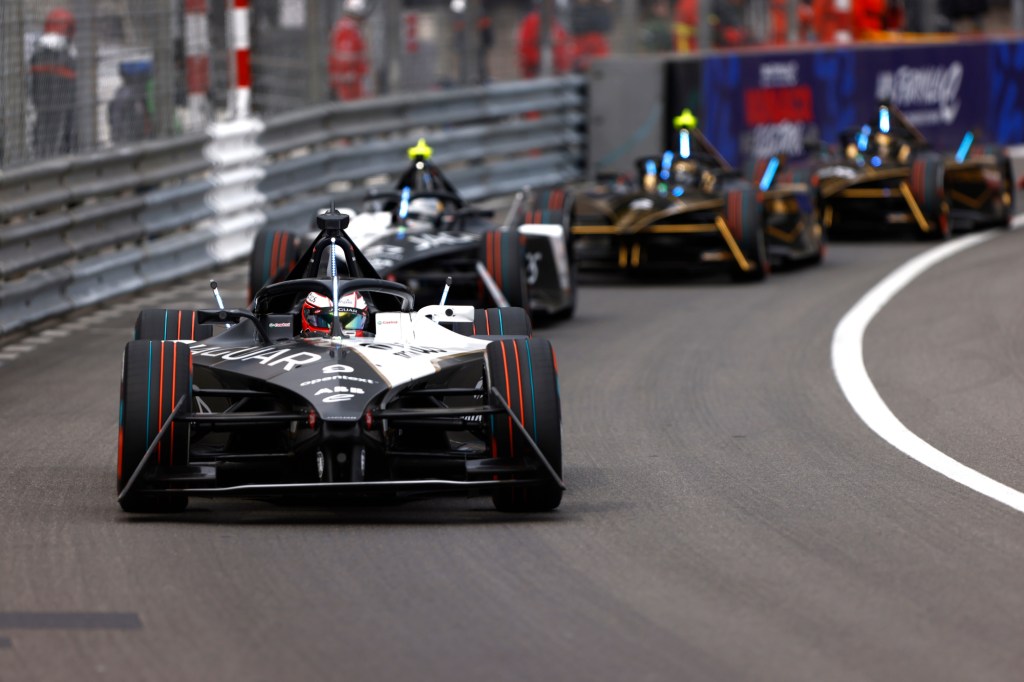
Stuff: Will these future vehicles introduce new technologies, positioning Jaguar as a market leader in EV technology?
Rawdon Glover: Yes, our new models will lead in range and charge speed. They will use the latest technologies like Silicon Carbides for efficiency and improved thermal management. While we may not have the longest range or the fastest cars, our focus is on making incredibly desirable vehicles. The EV powertrain is just one aspect; the car itself needs to be a compelling Jaguar first and foremost.
Stuff: And what about when it comes to interior tech?
Rawdon Glover: Our technology will be advanced but not overwhelming. Unlike some brands that overload their interiors with screens and buttons, Jaguar will focus on useful, high-quality tech. Our interiors will draw inspiration from luxury furniture and yachts, offering a refined, desirable experience.
Stuff: Public charging is far from a luxury experience, will Jaguar invest in its own charging infrastructure?
Rawdon Glover: We won’t invest heavily in our own infrastructure. Instead, we’re ensuring compatibility with Tesla’s Supercharger network. We’re also exploring destination charging and a concierge charging service in major cities, which could be a subscription service for added convenience.
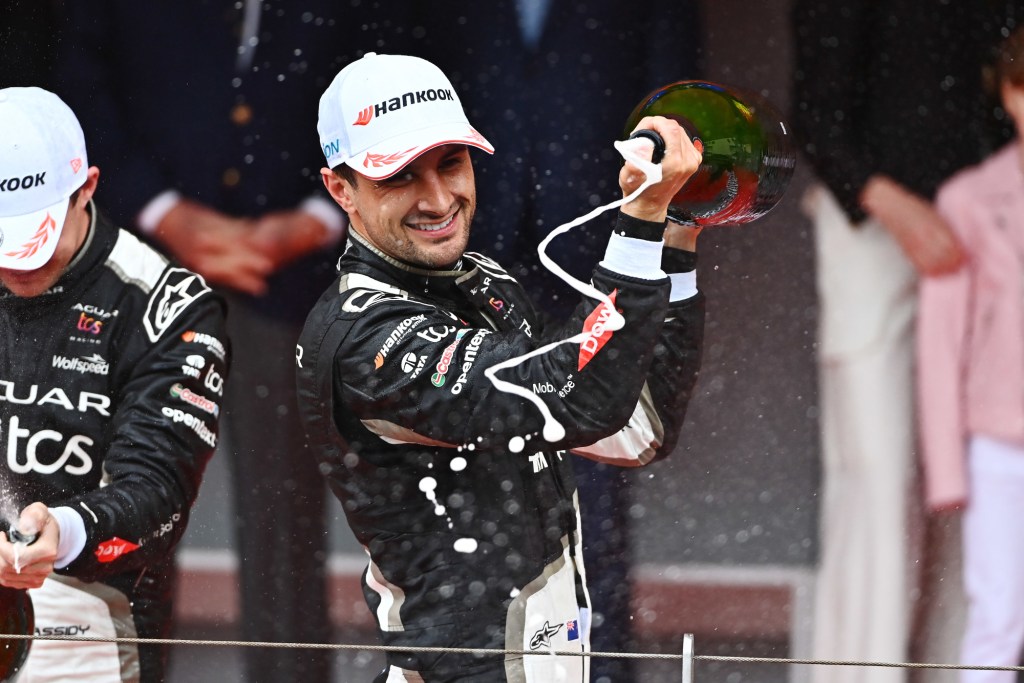
Stuff: When all manufacturers eventually shift to electric, will Jaguar’s all-electric identity struggle to stand out?
Rawdon Glover: No, the most important thing is that it’s a Jaguar, regardless of the powertrain. The EV powertrain offers benefits like better interior packaging and reduced noise, but our cars will still be unmistakably Jaguars.
This quick chat has certainly got me excited about Jaguar’s future – with the brand’s all-electric four-door GT expected to debut later this year. It is set to be priced upwards of £100k and will go on sale in 2025. Stay tuned to Stuff.tv for all the latest news…
